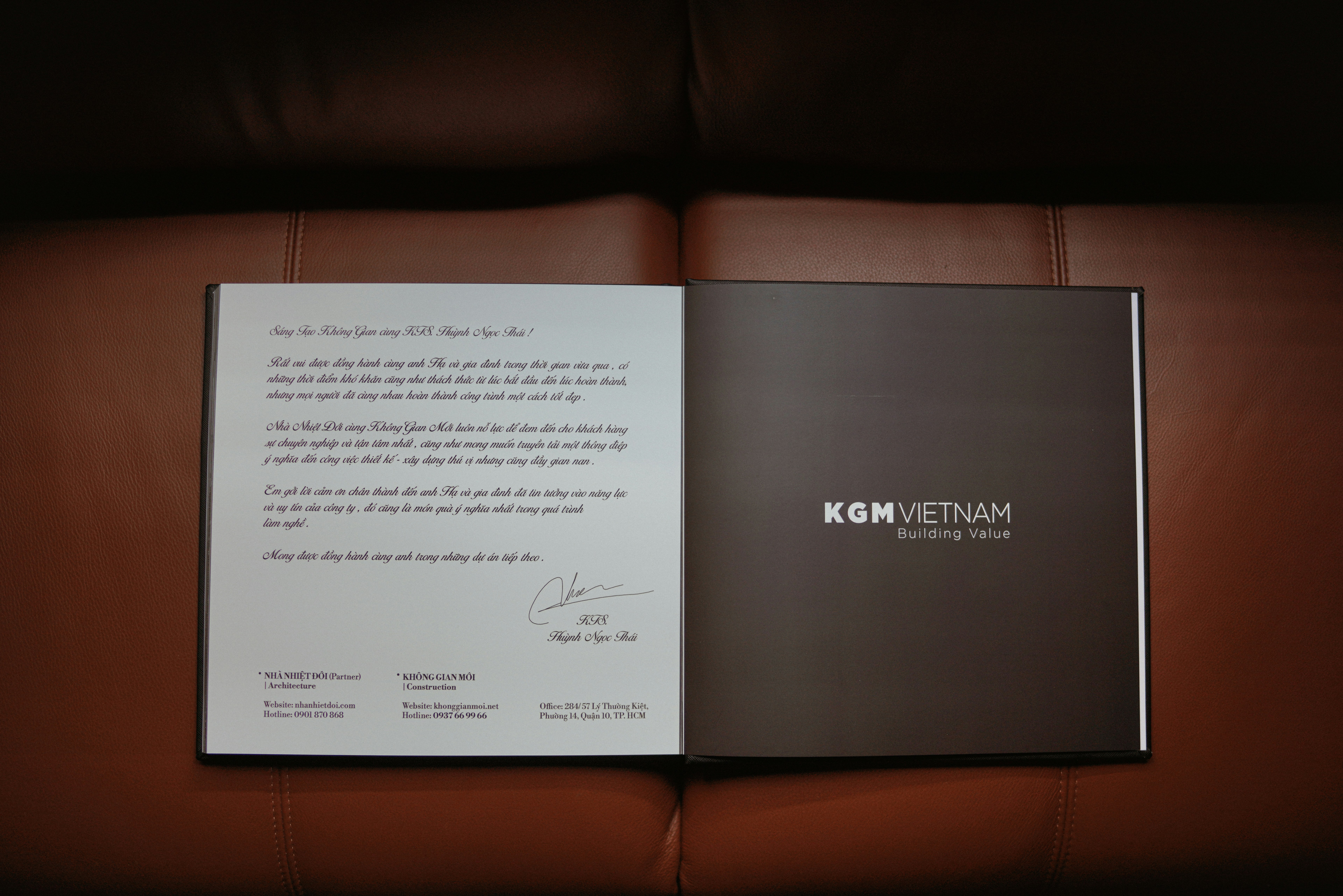Understanding Mergers and Acquisitions
Mergers and acquisitions (M&A) represent a vital part of the corporate growth landscape. Whether you’re a seasoned professional or a newcomer to the business world, a solid grasp of the intricacies involved in M&A can significantly impact the success of any company. This guide aims to demystify the fundamental concepts of mergers and acquisitions.
Key Components of Mergers and Acquisitions
At its core, M&A combines business entities to enhance their market reach, operational efficiency, or overall value. The process often involves due diligence, negotiation, and careful planning. Understanding the motivations behind M&A can help you navigate this complex field effectively. Companies may pursue mergers to access new markets or technologies, while acquisitions might allow for quick scalability and consolidation of resources.
Best Practices for Successful M&A
To ensure success in mergers and acquisitions, it is essential to establish clear objectives and conduct thorough market research. Engaging professionals, such as financial advisors and legal experts, can provide valuable insights and support throughout the process. Additionally, maintaining clear communication with stakeholders is crucial to manage expectations and ensure alignment between merging parties.
In conclusion, understanding the dynamics of mergers and acquisitions is not just for professionals in corporate finance; it is also valuable knowledge for any business leader looking to grow and innovate. By following best practices and remaining informed, you can facilitate smoother transitions and capitalize on the opportunities that M&A offers.

